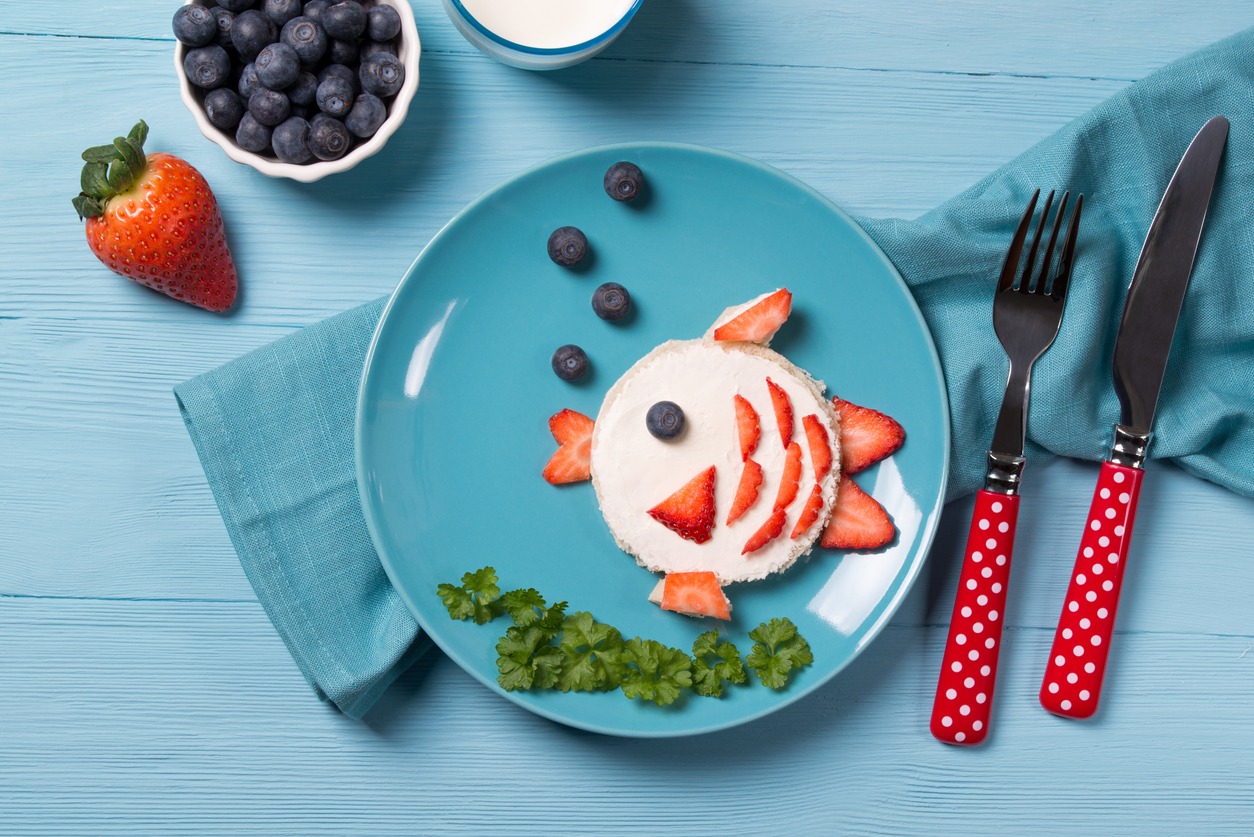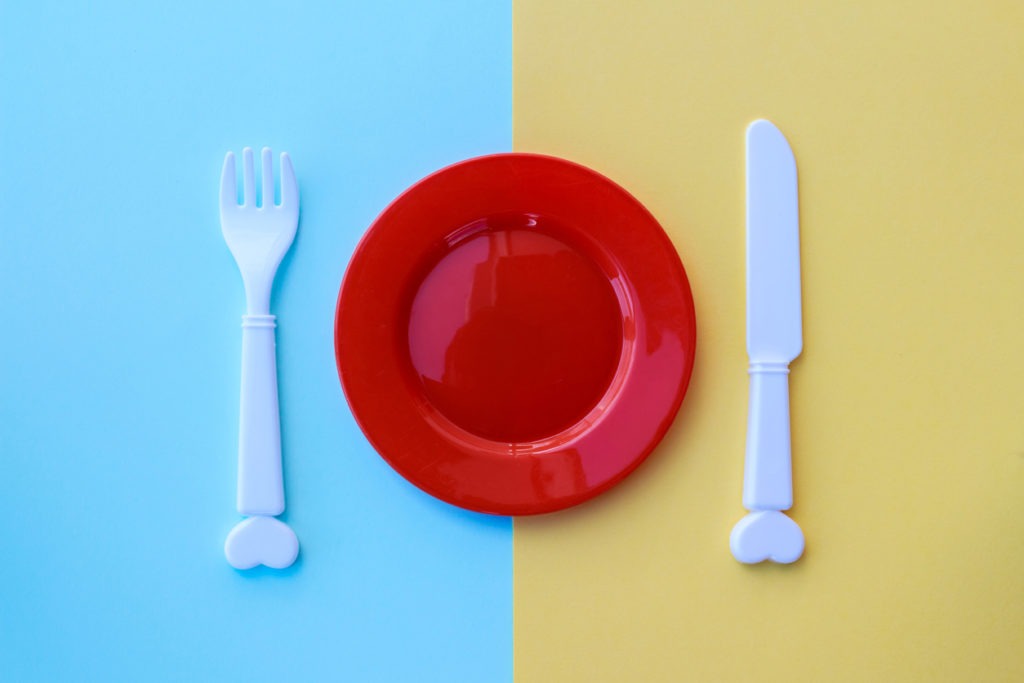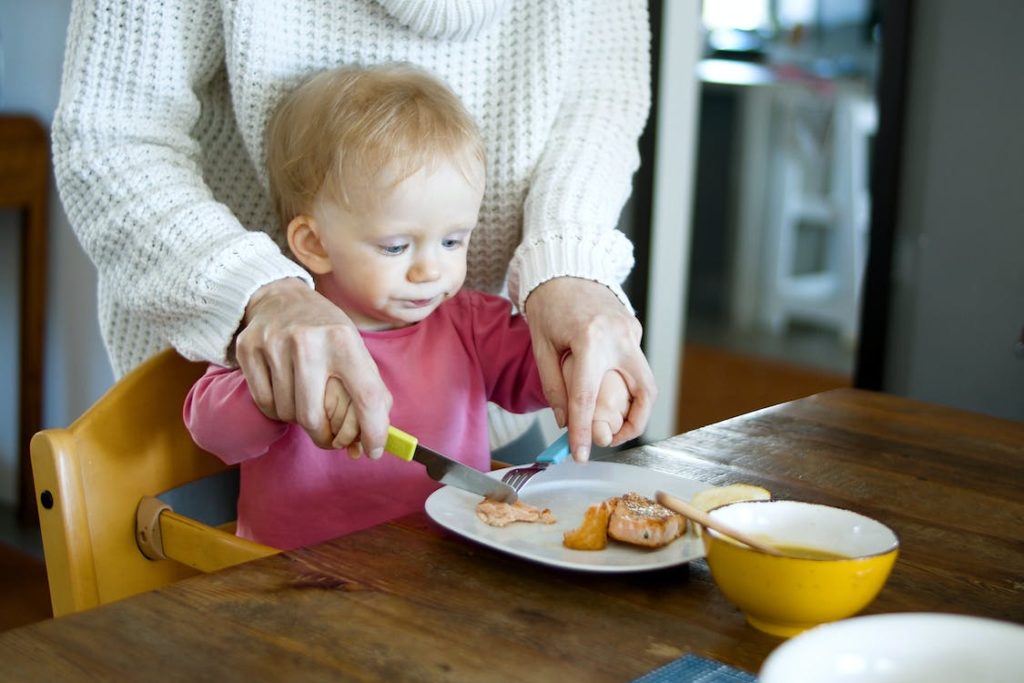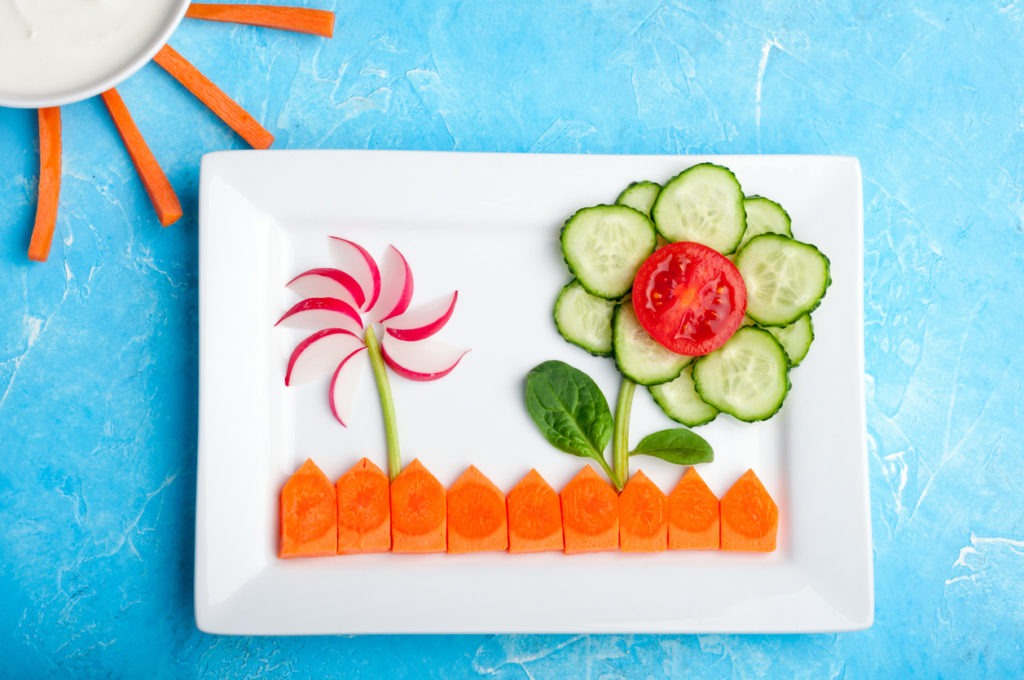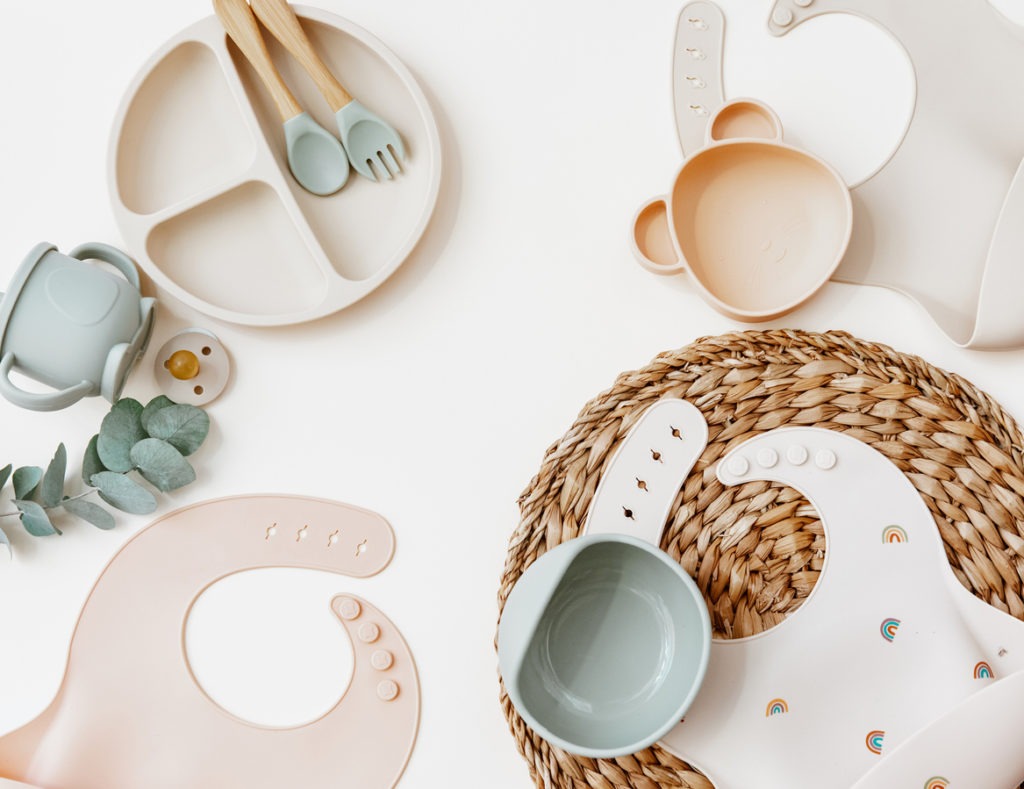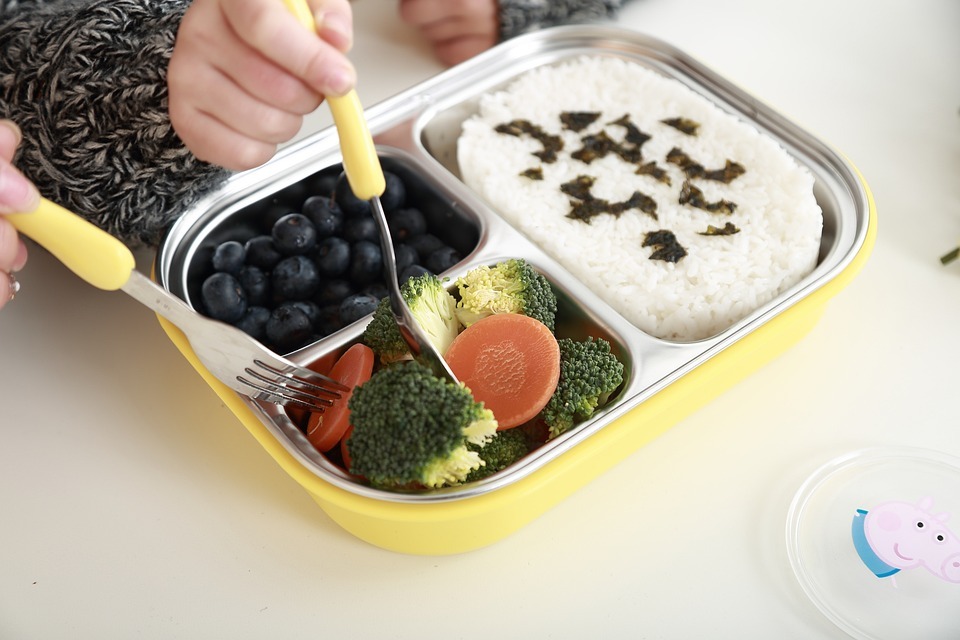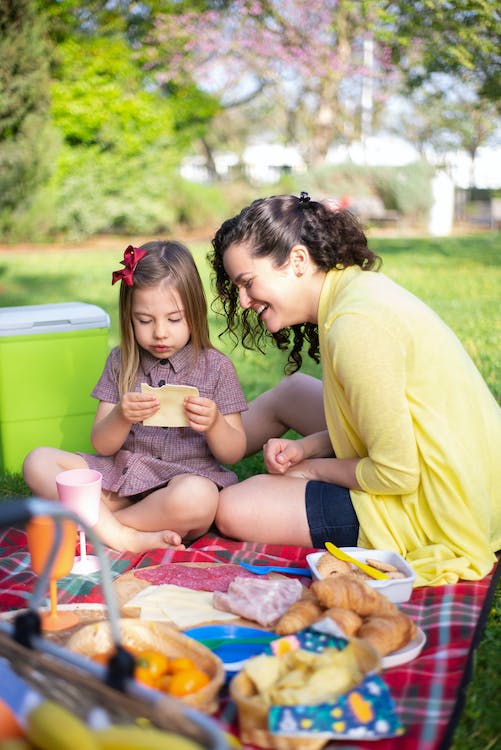Have you ever placed food in front of your child and they refused to consume it? Once your child has graduated from eating directly from the tray of their highchair, giving them their own plate typically makes mealtimes easier. But there are currently so many possibilities available that it might be difficult to decide where to begin!
With so many options on the market, purchasing the best children’s plates can seem like a difficult endeavor, but this guide will help you filter through the best toddler plates.
How to select a children’s plate
In the past, you would just enter a store, select a plate, and leave. Obviously, we are more evolved and knowledgeable about children’s nutrition today, and there are a variety of children’s plates available for purchase.
In light of this, here are a few things to watch out for when purchasing plates for children:
1. Durability
For the following few years, you will frequently use your toddler plates. Therefore, you will benefit from dishes that are dishwasher safe, resistant to knocks, and may be passed down to younger siblings.
2. Stability
Children are highly tactile, so a plate that stays in position is essential. Suction bowls and plates for toddlers are an excellent option during the initial stages of weaning, before they figure out how to take them off.
Look for a plate for children with a nonslip base. This is perfect for supplying a solid surface, a feature that is useful from weaning to toddlerhood.
3. Simple to use
High-sided bowls for infants are an excellent purchase for the infant years, since they make it easier to scoop food and reduce spillage. Children’s divided plates are convenient if your youngster is fussy about where their food goes.
4. Appealing to young children
It is all too simple for parents to be attracted to children’s tableware because of its lovely hues and aesthetics. But eventually, they must appeal to toddlers. Therefore, try to perceive things from your child’s perspective, such as plates that provide excitement to mealtimes.
Does it foster enjoyable eating, excite your child about eating, and offer bright, welcoming colors that children are drawn to?
5. Safety
Today’s children’s plates undergo extensive testing to guarantee that they are safe for food contact, but you may wish to verify their certification as well. The most secure toddler plates will have undergone independent testing and conform to standards.
Importantly, check for BPA-free plates for children and review the melamine studies to make an informed decision.
6. Practical Parenting
Let’s be honest, time is not a luxury we have as busy parents, therefore children’s bowls that are dishwasher safe are an added plus. Consider the item’s maintenance while considering its use; for instance, most bamboo plates for children require frequent waxing.
7. Portability
As you’ll be out and about frequently, search for bowls for babies that are portable and will fit in your nursery bag, as well as a plate that will keep them entertained in restaurants and at friends’ homes.
Best Kids’ Plate Materials
When searching for the safest children’s plates, many factors must be considered. Regarding safety, we are aware that it is preferable to avoid plates that include BPA, Lead, Cadmium, Phthalates, Formaldehyde, and flame retardant chemicals.
1. Polypropylene Plastic Plates
Polypropylene is one of the greatest materials for children’s plates since it is sturdy, safe, and functional.
Plates made of polypropylene are very resistant to even the most active toddlers, making them suitable for children’s use. Additionally, they may be recycled at the end of their extended lifespan, making them a winner in every way.
2. Melamine Plastic Plates
Melamine is a nitrogen-based chemical that is commonly utilized in the production of children’s tableware. It is exceedingly resistant and tough, but cannot be melted down for recycling.
Notably, a study published by JAMA International Medicine in 2013, revealed that melamine can seep from dishes into food (and subsequently the body), under particular situations, such as high-temperature foods. This has raised questions about its use in parenting circles.
3. Silicone Dishes
Silicone plates have gained popularity in recent years. The substance is technically a member of the rubber family, making it a durable and recyclable plastic.
It is incredibly robust and can be used in the dishwasher, making it a fantastic choice for tiny ones. Just ensure you choose for 100% food quality silicone items.
4. Bamboo Children’s Plates
There are various varieties of BPA-free bamboo plates available. The first variety is composed of crop fibers (corn, wheat, etc.) and bamboo fibers. This material is biodegradable.
The other type is produced from bamboo fibers which may include traces of food-safe melamine resin. As a result, it is less suitable for use in a dishwasher. However, many of these plates also use silicone suction bases and are therefore not totally biodegradable. Some of these types of bamboo plates are also not as sturdy as plastic, so knocks and falls can easily cause them to break and splinter. In addition, they require frequent care in the form of waxing, making them higher maintenance than other materials.
5. Stainless Steel Plates
Stainless steel is a long-lasting substance that will survive for decades. However, if it does not include a non-slip feature, it may be better suited for older children who are less inclined to push it around the table.
Due to the nature of the material, it cannot be printed, rendering it fairly plain for young children. However, it is simple to clean, indestructible, and resistant to toddler temper tantrums!
6. Ceramic Dinnerware
Ceramic and porcelain dishes are rarely used in the early years since they are easily broken, shattered, and chipped, making them unsuitable for curious infants. The material is also dishwasher-safe and simple to clean.
However, be mindful that glazes, clays, and paints may occasionally include dangerous substances, such as lead and cadmium. It is better to verify each brand separately, as this can differ between plates.
Fun Plates for Children and Infants
1.Construction Divided Plate – This set helps kids to discover meals and have fun while they’re eating. There is a lot of motivation here for youngsters that don’t like to use utensils, too. It’s difficult to oppose a bulldozer equipped with a ramp and digger spoon.
2. Fairy Garden Divided Plate – If fairies and princesses are more your child’s style, this dish and spoon set is quite entertaining. You’ll be washing it frequently because they’ll want it at every meal!
3. Classic Divided Plate – These are the plates that children use on a daily basis. The children adore them since they are incredibly functional, long-lasting, and durable. Simple hues, but sometimes that’s all that’s required.
4. Silly Face Plate – This dish is a hit with children, but you should only use it when you have additional time, as it requires advance preparation. Can be really encouraging to try a new meal.
5. Cloud and Sun Divided Mat – This attractive and very functional mat is ideal for infants and toddlers. Children adore the generous dimensions of the three separate sections!
6. Picnic Set – Whether it’s summer or winter, a picnic set is the ideal “plate” for children. You can set up your picnic in the living room, on the dining room table, or outdoors!
7. Add a Fun Dip Container — When children need a little more inspiration, take out a little ramekin and fill it with their favorite dip. Dip clips can be attached directly to the edge of a plate. If your child does not enjoy dips, learn how to use them to encourage your child to try new foods.
8. Family-style Dip Tray — This may be the largest fun dish for children, but it’s meant to be shared. Setting up a snack or even a meal on a large snack tray is unconventional and makes a wonderful setting for children to explore and consume.
In conclusion
When food is served on a child’s favorite plate, they are compelled to consume it. While the majority of children have normal eating habits, if they begin to gain or lose excessive amounts of weight, a consultation with their primary care provider or nutritionist can assist evaluate potential causes for the shift and promote healthy growth.
Over the course of a day, week, or even a month, children will likely cycle through numerous food categories to satisfy their nutritional requirements. Remember that the majority of youngsters will eventually adopt their parents’ eating habits.
